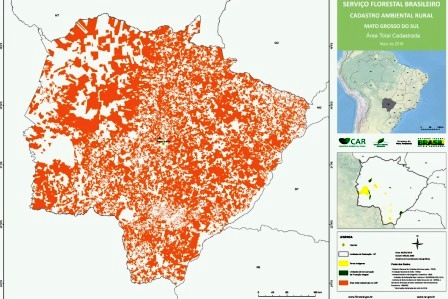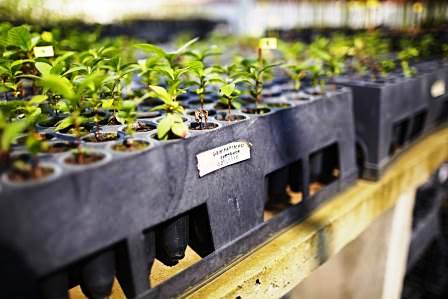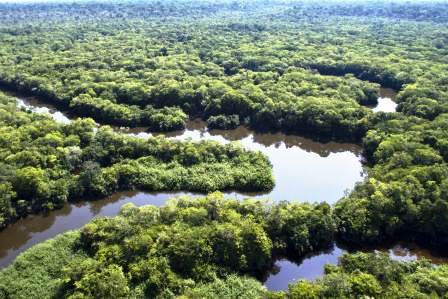ACTIVITIES CONDUCTED
A total of 668 awareness events were held, addressing themes such as deforestation-free production and environmental regularization, using accessible language through theatrical performances, documentaries, video lessons, and music. These activities reached approximately 84,821 people across 102 municipalities.
In addition, 95 local pacts to combat deforestation were signed, involving around 2,830 individuals and institutions.
The Pará Land Institute (ITERPA) and the Pará State Technical Assistance and Rural Extension Agency (EMATER) were equipped, trained, and strengthened, which led to an increase in CAR registrations and the processing of land regularization procedures.
With support from the Amazon Fund, the number of rural properties registered in the CAR in Pará increased from approximately 123,287 to around 292,485. By the end of the project, 27,367 properties had achieved the status of “CAR analyzed with no pending issues.”
High-resolution satellite imagery was acquired, enabling more precise and faster deforestation monitoring in Pará. This resulted in more agile and comprehensive municipal bulletins for Field Deforestation Verification (VDC).
Regarding support for land regularization, over 15,000 procedures were submitted through the Land Regularization and Registration System (SICARF/PA), with approximately 2,288 already concluded and titles issued.
The project structured 100 municipalities for environmental management, 68 for environmental licensing, and 34 for field verification of deforestation and CAR validation. This was achieved through training, development of the electronic licensing system (SISLAM), and donation of equipment.








